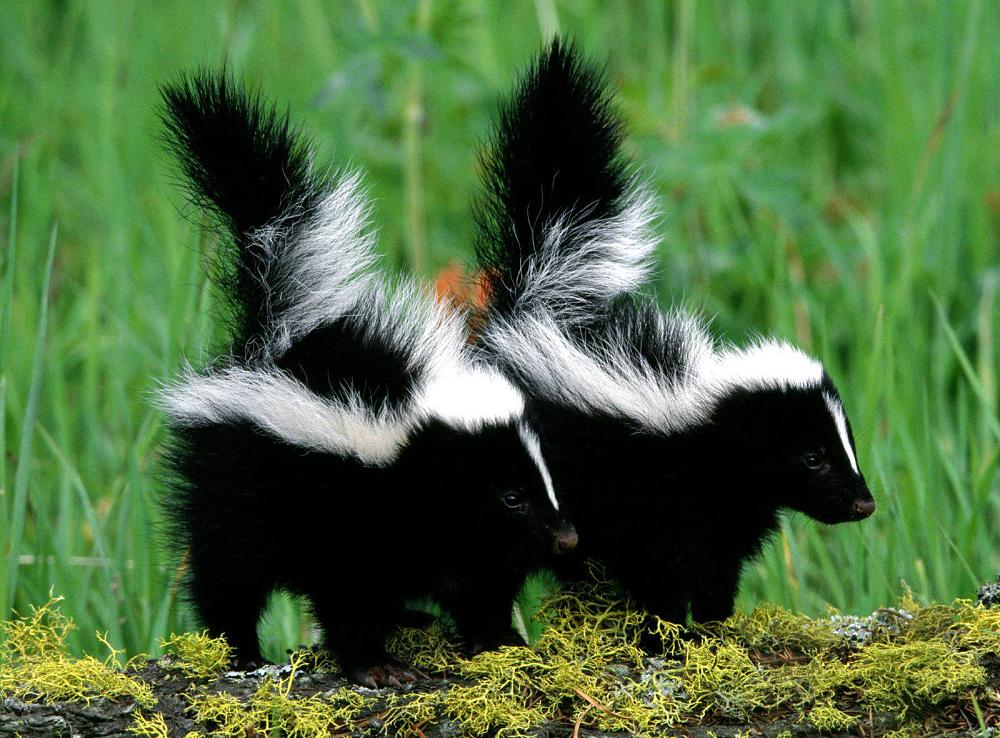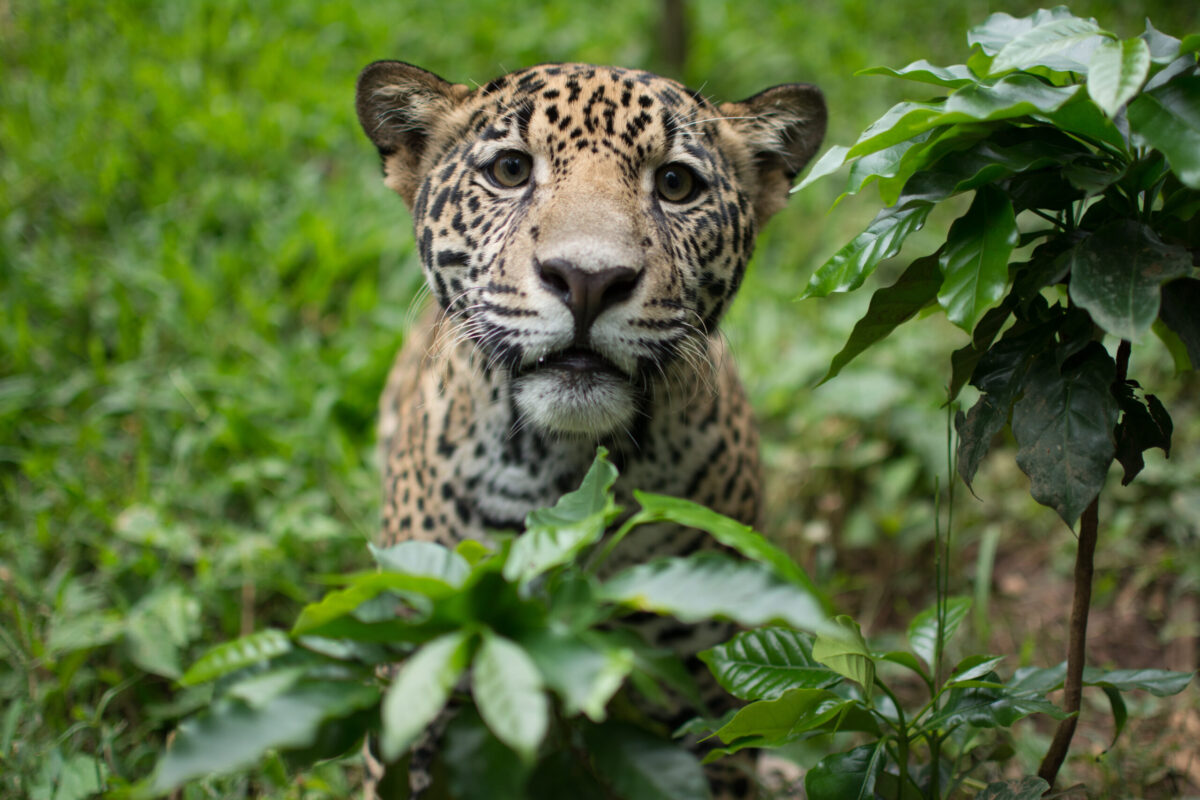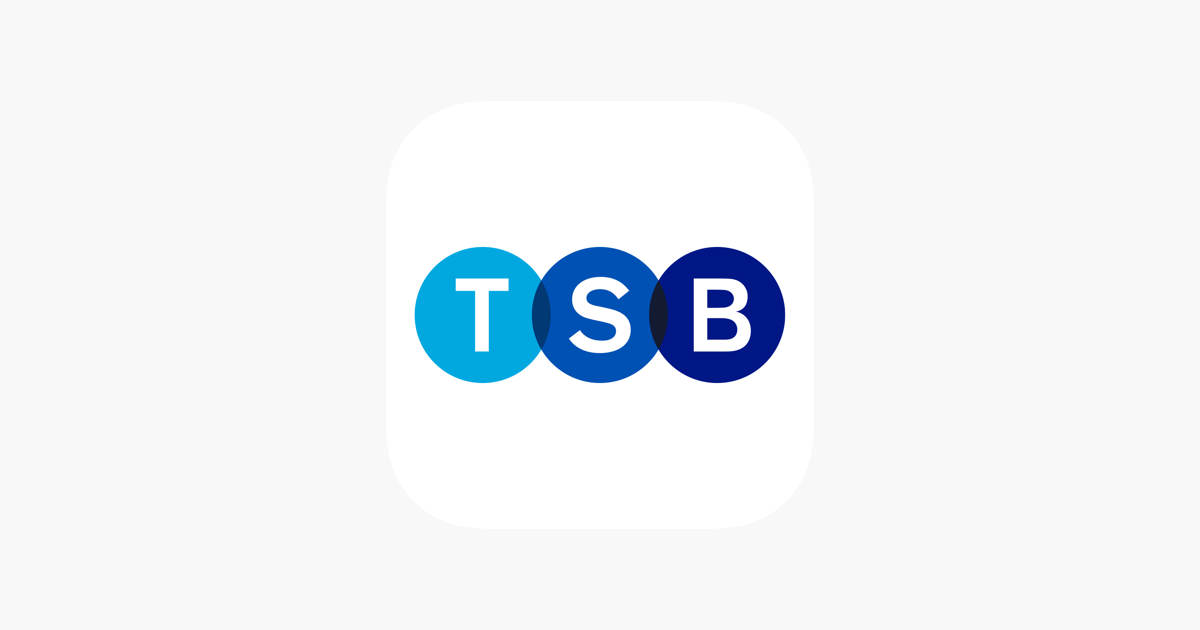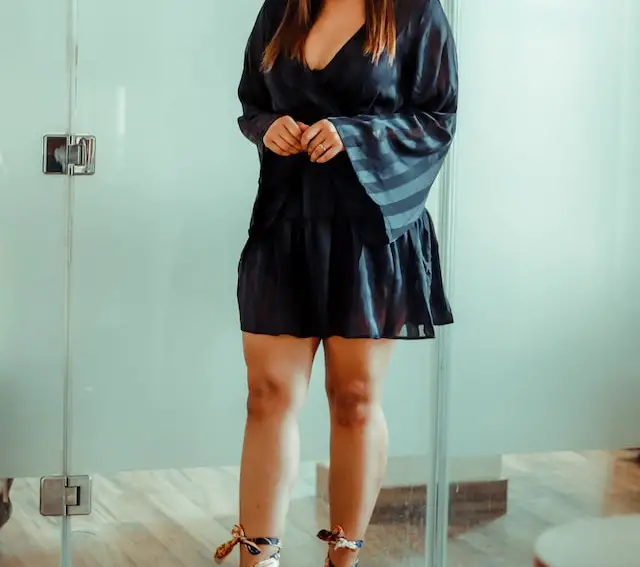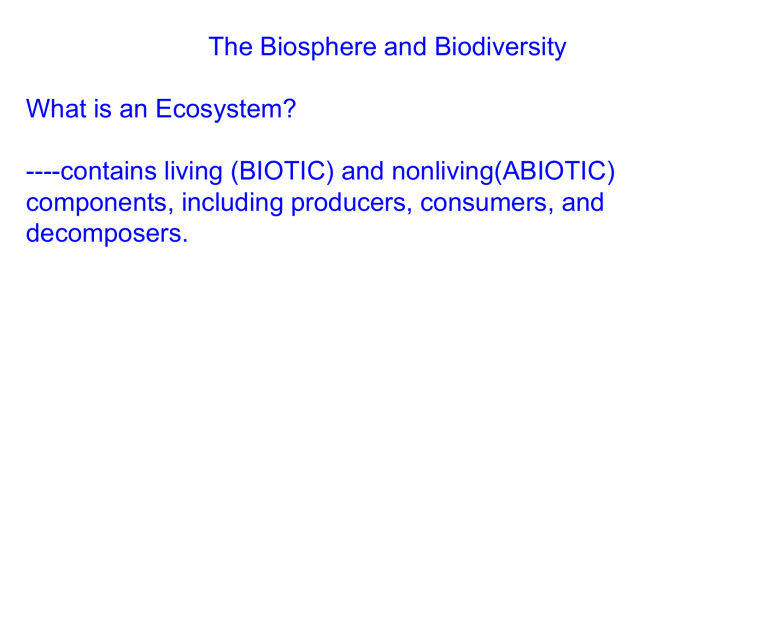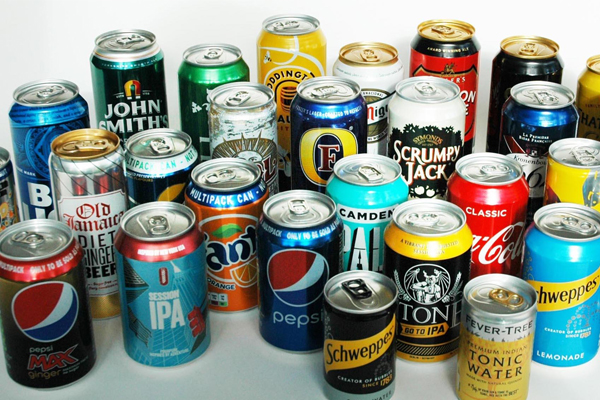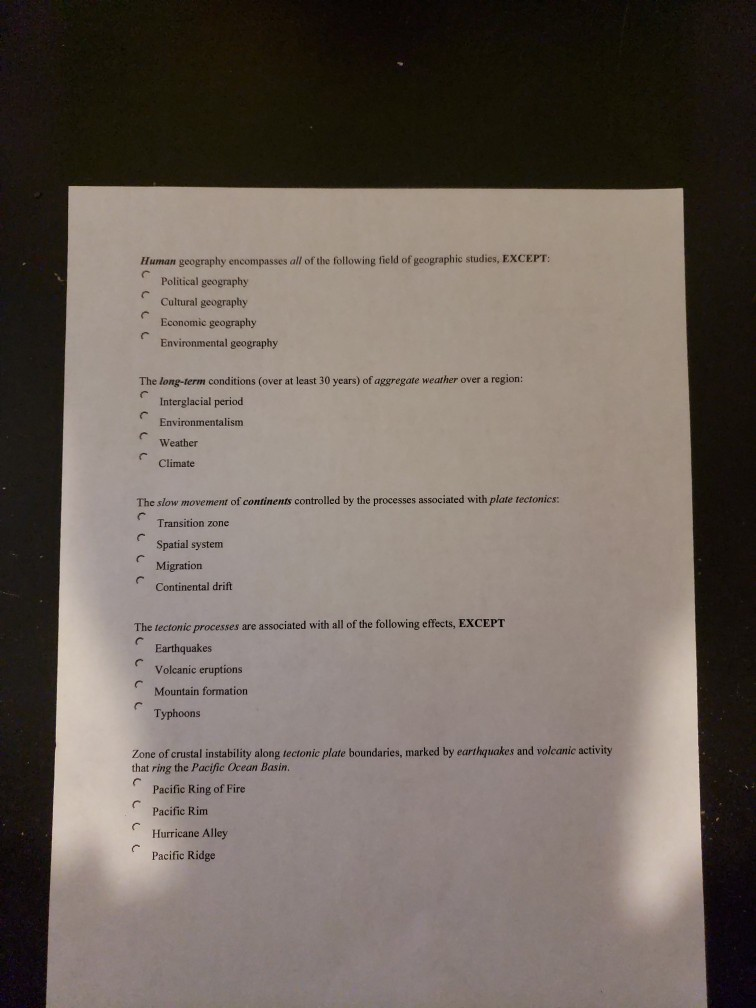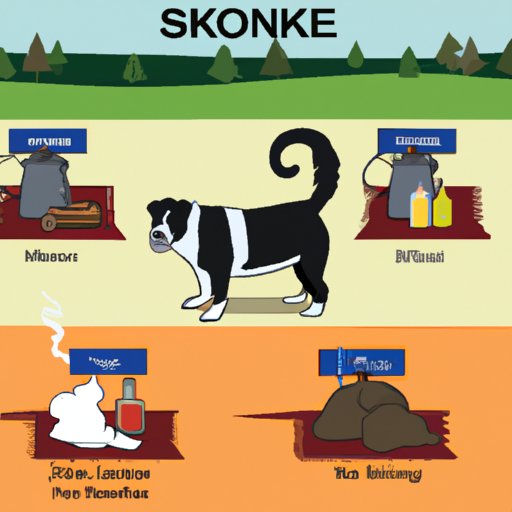Petal & Pup Analysis: Fast Fashion Brand or Sustainable Retailer?
Is petal & pup fast fashion? Understand the brand’s practices
In today’s clothing market, consumers are progressively concerned about the ethics and sustainability of their fashion choices. Petal & pup, an Australian base online retailer that has gain popularity in the United States and globally, much come under scrutiny regard its business model. This analysis examine whether petal & pup qualify as a fast fashion brand by look at various aspects of its operations.
What define fast fashion?
Before classify petal & pup, it’s important to understand what typically constitute fast fashion. Fast fashion brands broadly share these characteristics:
- Rapid production cycles with new styles release weekly or regular daily
- Low-cost manufacturing methods that prioritize speed over quality
- Emphasis on trendy designs that rapidly go out of style
- Limited transparency regard supply chains
- Materials that aren’t design for longevity
- Business models that encourage frequent purchasing and disability
Petal & pup’s business model
Found in 2014 in Brisbane, Australia, petal & pup has expanded importantly, peculiarly in thAmericanan market. The company position itself as a boutique style online retailer offer fashionable women’s clothing at accessible price points.
Production speed and volume
Petal & pup introduce new styles oftentimes, with their website regularly update with fresh inventory. This rapid turnover of styles align with fast fashion practices. The company maintain a comparatively large catalog of items compare to slow fashion brands, which typically offer more curate, limited collections.
Their approach to inventory include regular” new arrivals ” ections and limited time offerings that create a sense of urgency for consumers. This strategy encourage frequent purchases, a hallmark of fast fashion business models.
Price points and quality considerations
Petal & pup’s pricing fall into what might be considered thmid-rangege market — mostly higher thaultra-fastst fashion retailers likshanin or fashion nova, but importantly lower than sustainable or luxury brands. Most items range from$400 $80, position them angstrom affordable but not bargain-basement.
Customer reviews of petal & pup products reveal mixed feedback on quality. While some items receive praise for durability, others are criticized for their construction and longevity issues. This inconsistencysuggestst variable manufacturing standards that may prioritize style and quick production over consistent quality — a common trait in fast fashion.
Supply chain transparency
One of the virtually telling indicators of a brand’s fast fashion status is its supply chain transparency. Petal & pup provide limited information about its manufacturing processes, factories, or labor practices on its website. The company doesn’t publish a comprehensive supplier list or detailed code of conduct for manufacturers.
This lack of transparency make it difficult for consumers to evaluate the ethical standards of the brand’s production methods. Rightfully sustainable brands typically pride themselves on supply chain visibility and share detailed information about their manufacture partners.
Materials and sustainability claims
Examine the materials use in petal & pup’s clothing reveal a heavy reliance on synthetic fabrics like polyester, nylon, and acrylic. These petroleum base materials are less environmentally friendly than natural or recycled alternatives. The brand offer limited items make from more sustainable fabrics like organic cotton or linen.
While petal & pup has introduced some initiatives aim at reduce waste, such as improved packaging, they don’t have comprehensive sustainability goals or publish environmental impact reports. The absence of these elements suggest sustainability isn’t central to their business model.
Compare petal & pup to established fast fashion brands
To advantageously understand petal & pup’s position in the market, it’s helpful to compare their practices with recognize fast fashion giants and more sustainable alternatives.
Production volume and turnaround
While petal & pup introduce new styles oftentimes, their production volume appears smaller thanultra-fastt fashion giants likeZaraa orH&Mm, which release thousands of new designs hebdomadal. Yet, their pace stock stillexceedsd that of slow fashion brands, which might release merely a few collections yearly.
Pricing structure
Petal & pup’s price points are higher than those of extreme fast fashion retailers like shan, where dresses might sell for under $$20 This susuggestsotentially better quality or labor standards, though without transparency, this rremainsspeculative. Their pricing remain substantially below that of verified sustainable brands, where similar items might cost $150 300.
Marketing approach
The brand’s marketing focus heavy on trends and newness, with social media campaigns highlight frequent drops of new styles. This trend drive approach mirrors fast fashion marketing strategies instead than the timeless, quality focus messaging of sustainable brands.
The gray area of modern fashion retail
It’s worth note that many brands exist in a gray area between traditional fast fashion and genuinely sustainable practices. As consumer awareness grow, many retailers have adopted some better practices while maintain others that prioritize profit over sustainability.
The challenge of” greenwashing ”
Some brands engage in” greenwashing”—make vague environmental claims without substantive changes to their business model. Without specific sustainability metrics and third party verification, it’s difficult to evaluate whether a brand’s eeco-friendlyinitiatives represent meaningful change or marketing strategy.
Petal & pup make limited environmental claims compare to some competitors, which could be viewed as either a lack of sustainability initiatives or a refreshing absence ogreenwashhe.
The role of consumer demand
Consumer preferences importantly influence brand practices. As shoppers progressively demand ethical production and sustainable materials, companies face pressure to evolve. Brands that begin as traditional fast fashion operations may be in various stages of transformation toward better practices.
Make informed shopping decisions
For consumers concern about sustainability, several strategies can help evaluate whether petal & pup or similar retailers align with their values:
Research beyond marketing
Look beyond a brand’s self presentation to find independent assessments. Organizations like good on you, fashion revolution, and the fashion transparency index evaluate fashion brands’ ethical and environmental impacts. While petal & pup hasn’t receive comprehensive ratings from these major watchdogs, this lack of verification itself can be informative.
Examine materials closely
Check product descriptions for fabric content. Synthetic materials like polyester (common in petal & pup items )have larger environmental footprints than natural fibers. Recycled materials and organic certifications indicate better environmental choices.
Consider cost per wear
Preferably than focus exclusively on purchase price, calculate the expect cost per wear base on an item’s quality and versatility. A $60 dress wear double before show wear represent poorer value than a $$180dress wear thirty times, both financially and environmentally.
Look for transparency
Brands commit to sustainability typically provide detailed information about their supply chains, manufacturing processes, and environmental impact. The absence of this information, as in petal & pup’s case, much indicate that sustainability isn’t a priority.
Alternatives to fast fashion
For consumers seek to move aside from fast fashion, several alternatives exist:

Source: ethicallyengineered.com
- Certify sustainable brands with transparent practices
- Second hand and vintage shopping
- Clothing rental services for occasional wear items
- Local, small batch designers and manufacturers
- Capsule wardrobes focus on versatile, high quality pieces
The verdict: is petal & pup fast fashion?
Base on the available evidence — frequent style turnover, limited transparency, synthetic materials, trend focus marketing, and mid-range pricing — petal & pup display many characteristics consistent with fast fashion business models, albeit not at the extreme end of the spectrum represent by ultra-fast fashion brands.
While not among the worst offenders in terms of environmental impact or labor practices (axerophthol far as public information reveal ) petal & pup lack the hallmarks of rightfully sustainable fashion: comprehensive transparency, certify ethical labor practices, sustainable materials, and a slow fashion approach to design and production.
The bigger picture
Whether petal & pup qualify as fast fashion reflect broader challenges in the modern clothing industry. As consumers become more environmentally conscious, the line between fast fashion and sustainable practices continue to blur, with many brands adopt limited better practices while maintain essentially unsustainable business models.
True change require both consumer awareness and corporate accountability. By demand transparency and make informed choices, shoppers can encourage brands like petal & pup to evolve toward more sustainable and ethical practices.
For consumers attract to petal & pup’s aesthetic but concerned about sustainability, alternatives include seek similar styles from verified sustainable brands, explore second hand options, or merely purchase less oftentimes and focus on quality over quantity.

Source: ethicallyengineered.com
Finally, the virtually sustainable wardrobe is one build thoughtfully over time, with pieces select for longevity, versatility, and personal connection instead than fleeting trends — a philosophy that stand in contrast to the fast fashion business model that continue to dominate much of today’s clothing market.
MORE FROM techitio.com
